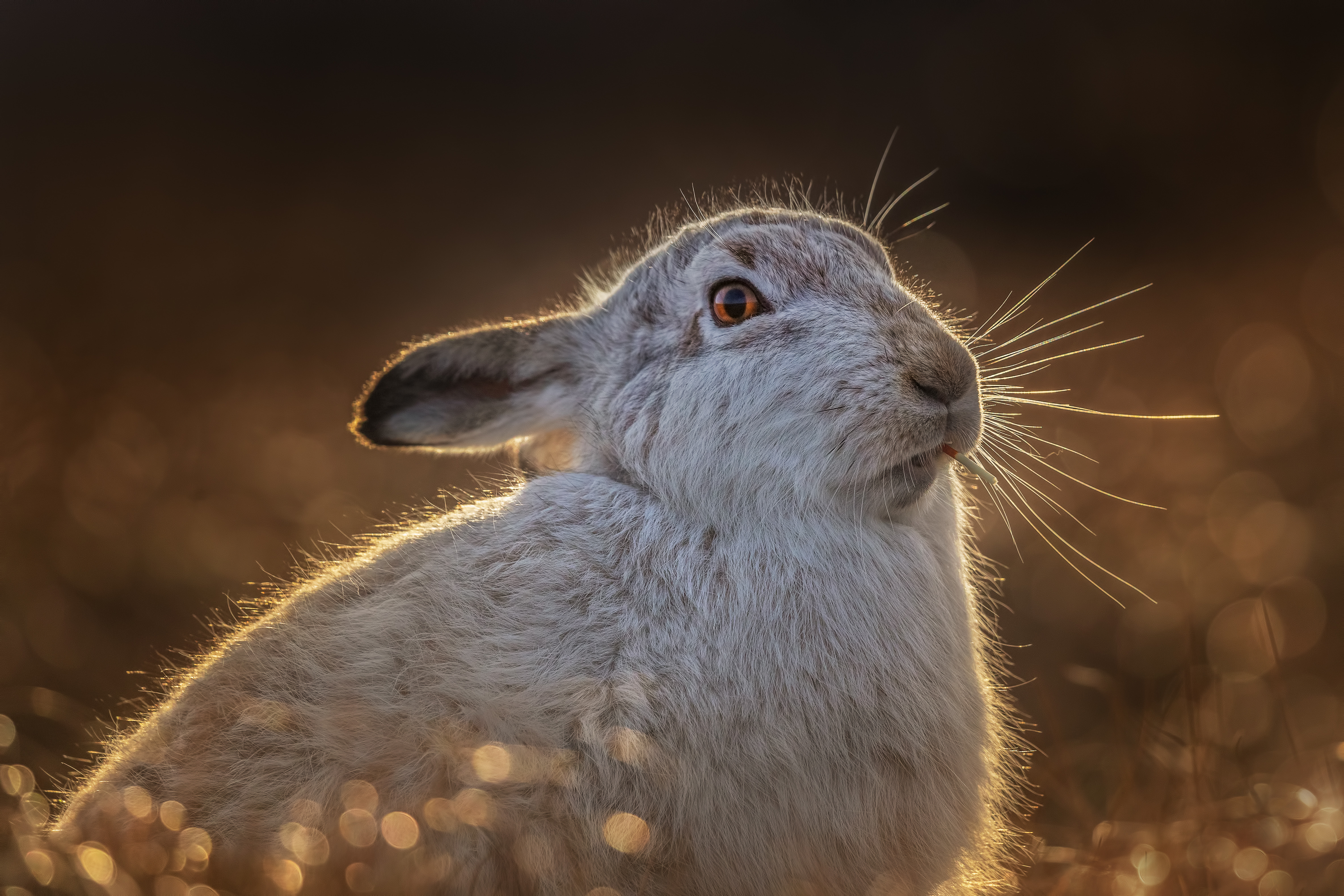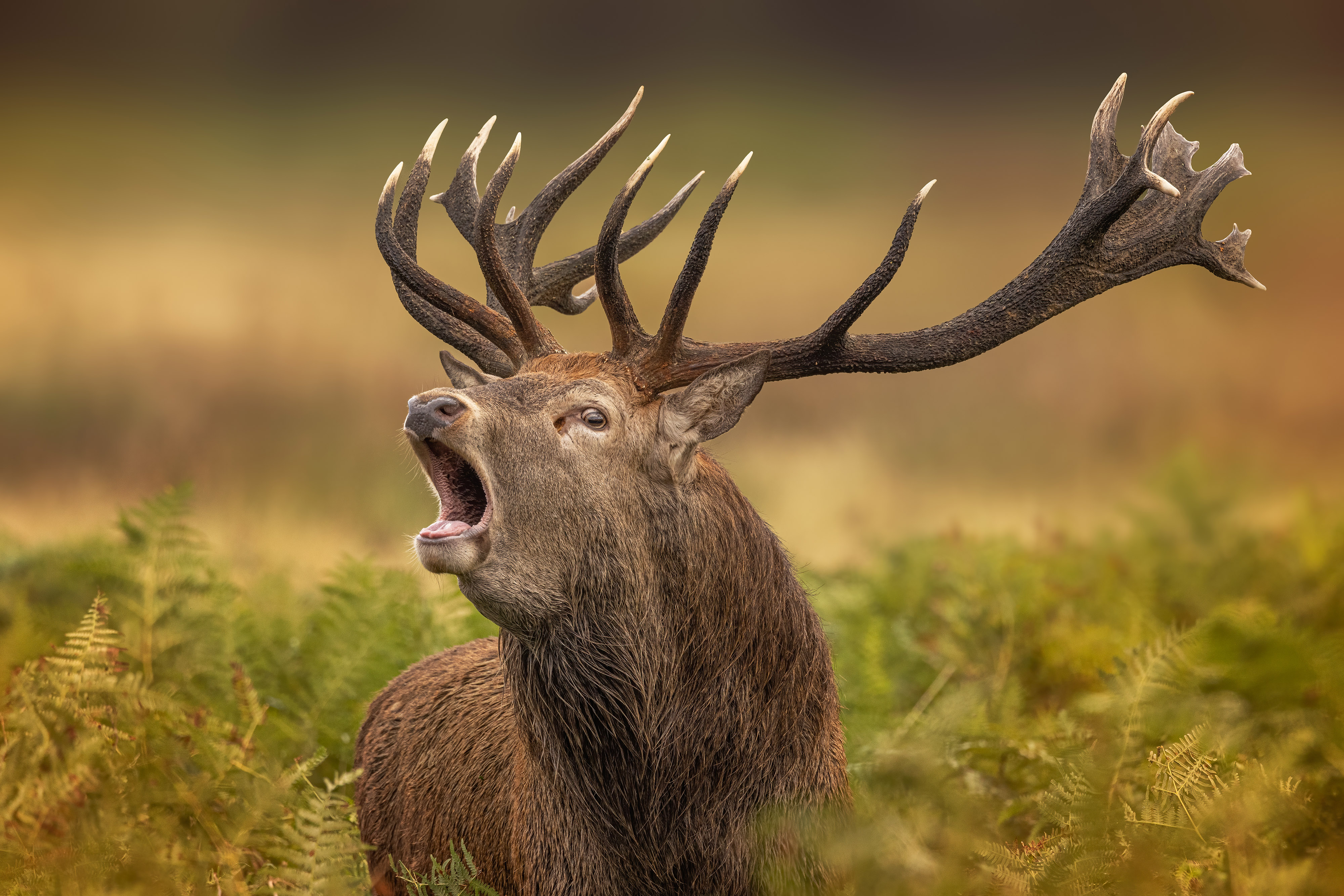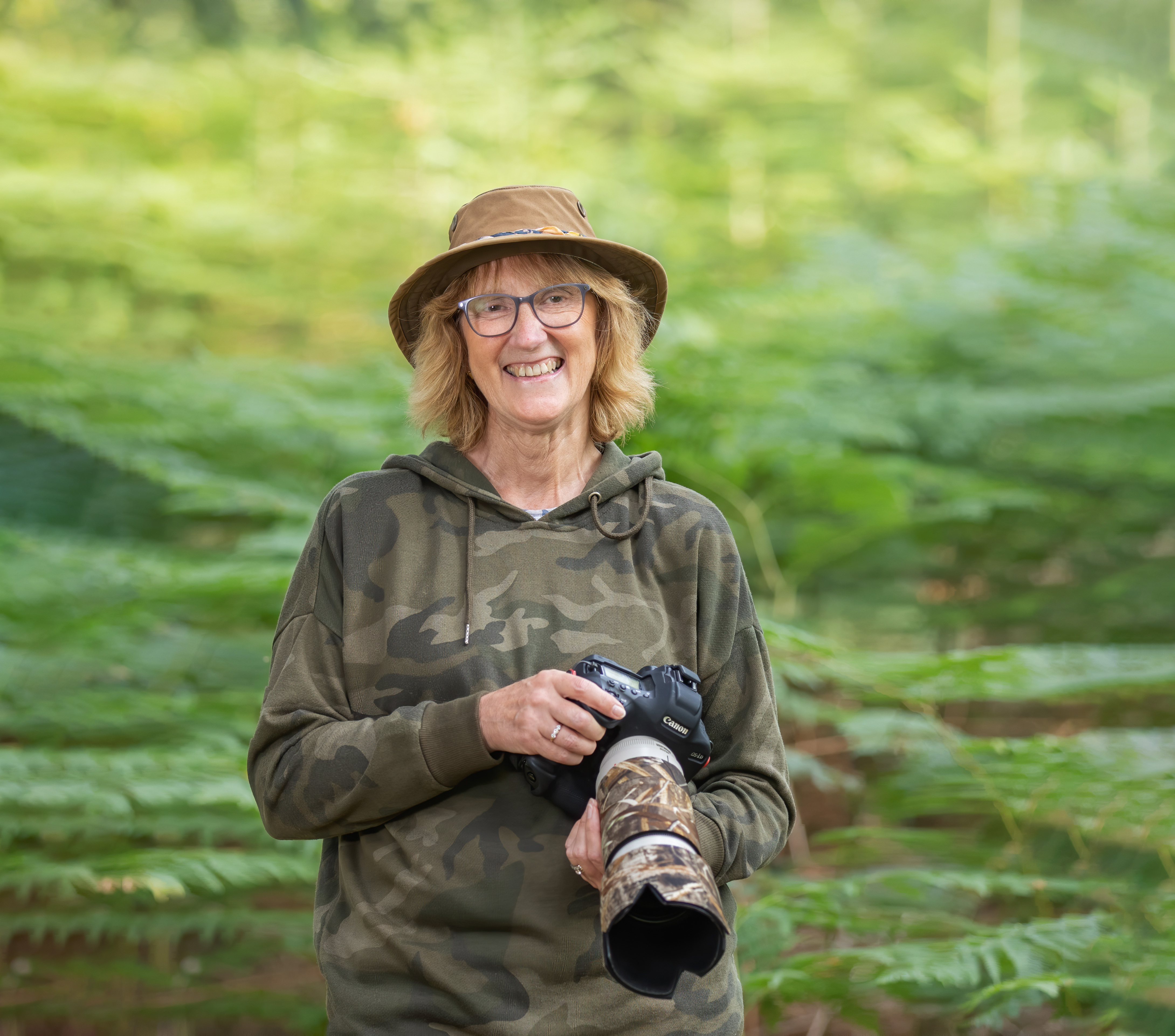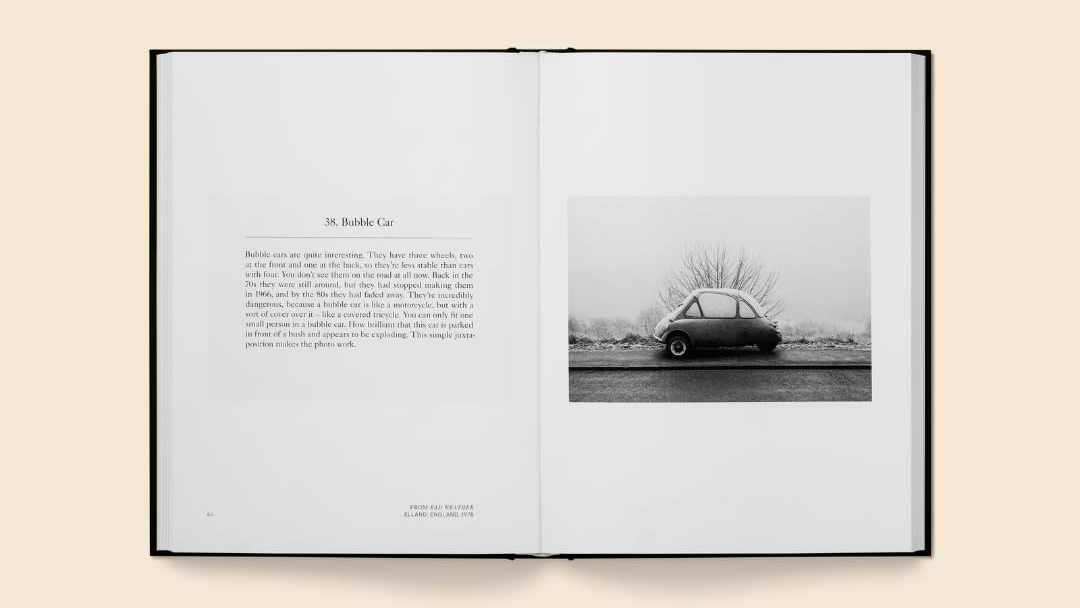Pro wildlife photographer Jayne Bond reveals her essential photo kit
British professional wildlife photographer, Jayne Bond, shares what's in her camera bag on a pro shoot

Jayne is a natural world and wildlife photographer based in Poole, Dorset, on the south coast of the United Kingdom.
She first got into photography back in 2015 after buying a Canon EOS 5D Mark III, although she’s now made the jump to a mirrorless kit with the Canon EOS R5 and Canon EOS Ra bodies.
• Read more: Best cameras for wildlife photography
In 2019, Jayne was shortlisted for the British Photography Awards and last year was the overall runner-up in the Natural World category for Natural History Museum’s Photographer of the Year. We recently caught up with her to find out how she got into photography, her approach to photographing wildlife, the kit she uses and how she's getting on with her new mirrorless cameras.
"I’ve always thought of myself as artistic, which is lucky as I taught art at GCSE level in a secondary school for more than 30 years! This made it difficult to do any sort of traveling, but in 2015 I retired and was able to fulfill a lifelong dream to visit Borneo and see the orangutans in the wild.
"I had a Canon EOS 5D Mark III at the time and I was frustrated with not knowing how to get the best pictures out of it. This inspired me to learn and advance my skills. To do this I continually practiced on masses of gulls and geese in my local park. I also joined a Facebook photography group, which was a great place to get some feedback and advice."
"We have some amazing wildlife in the UK and there’s nothing I enjoy more than sitting at one of my local fox sites for hours on end, spending time with these incredible creatures. I love to capture beautiful portraits, although the trend nowadays is to aim for more storytelling. I like to combine the two, but ultimately, I want viewers to see the beauty in our local wildlife and admire these creatures as much as I do. It’s relatively easy to find bird hides close to you using a search engine, so this can be a great place to practice when you’re starting out.
"I keep my editing minimal, as I like to ensure that the image as natural as possible, although I do remove distractions if they take the eye away from the subject. As for the orangutans, I would love to return… one day!"
The best camera deals, reviews, product advice, and unmissable photography news, direct to your inbox!
01. Canon EOS R5
"I’ve recently changed to the EOS R mirrorless system and I love it. My previous camera, the Canon EOS-1D X Mark II, was great, but the R5 has been a game-changer for me: the silent shutter and eye recognition is incredibly useful. The flip screen means I can get low without needing to be a contortionist. As it's got a 45MP sensor, it also gives me the extra pixels for more space to crop: a godsend when photographing wildlife from a distance!"
02. Canon EF 500mm f/4L IS II USM
"This lens is the best investment I’ve ever made. It’s a beast and I often pair it with a monopod or skimmer plate for low-level shots. It’s fast and produces the most sublime bokeh, which makes the subject really pop out from the background. I now attach it to my EOS R5 with the EF-EOS R Mount adapter and I’ve found no obvious loss of quality."
03. Canon RF 100-500mm F4.5-7.1L IS USM
"I call this my ‘carry-round’ lens. It’s a superb, well-balanced, versatile optic with great sharpness and fast autofocus. Although the widest aperture is f/7.1 at 500mm, the 5-stop IS, in addition to the IBIS of the EOS R5, means I can take handheld shots, even at slow shutter speeds. I love using the lens for panning shots and birds in flight."
04. Canon EOS 5D Mark III
"This was the first camera body I bought and, while other cameras have come and gone, I’ve always kept this as my backup. Nowadays it has my EF 16-35mm lens permanently attached to it. I confess the pair have been a little neglected lately, but a recent family holiday to Scotland has reinvigorated my desire to shoot more landscapes with it."
05. Canon Extender EF 1.4x III
"There are times when I need as much focal length as possible so as not to disturb the wildlife. The RF 1.4x Extender paired with my RF 100-500mm F4.5-7.1L IS USM lens gives a focal length of 700mm when fully zoomed in – it makes a huge difference. It’s a great combination to use at the local lakes or for birds in flight."
• Read more: Best teleconverters and how they work
06. Canon RF 100mm F2.8L Macro IS USM
"The newest addition to my kit bag and one I’m very excited about is Canon’s new RF 100mm F2.8L Macro IS USM lens. Using it on my EOS R5 I can get low-ground shots with the most sublime depth of field. The minimum focusing distance of 26cm is fabulous for floral work, but I’ve also used it for portraits and landscapes. The detail you find is so clear and razor sharp!"


PhotoPlus: The Canon Magazine is the world's only monthly newsstand title that's 100% devoted to Canon, so you can be sure the magazine is completely relevant to your system. Every issue comes with downloadable video tutorials too.
Read more:
Best Canon cameras
Best Canon lenses
Best professional cameras

In addition to being a freelance photographer and filmmaker, Dan is a bona fide expert on all things Canon and Adobe. Not only is he an Adobe-certified Photoshop guru, he's spent over 10 years writing for specialist magazines including stints as the Deputy Editor for PhotoPlus: The Canon Magazine, Technical Editor for Practical Photography and Photoshop Editor on Digital Photo.








